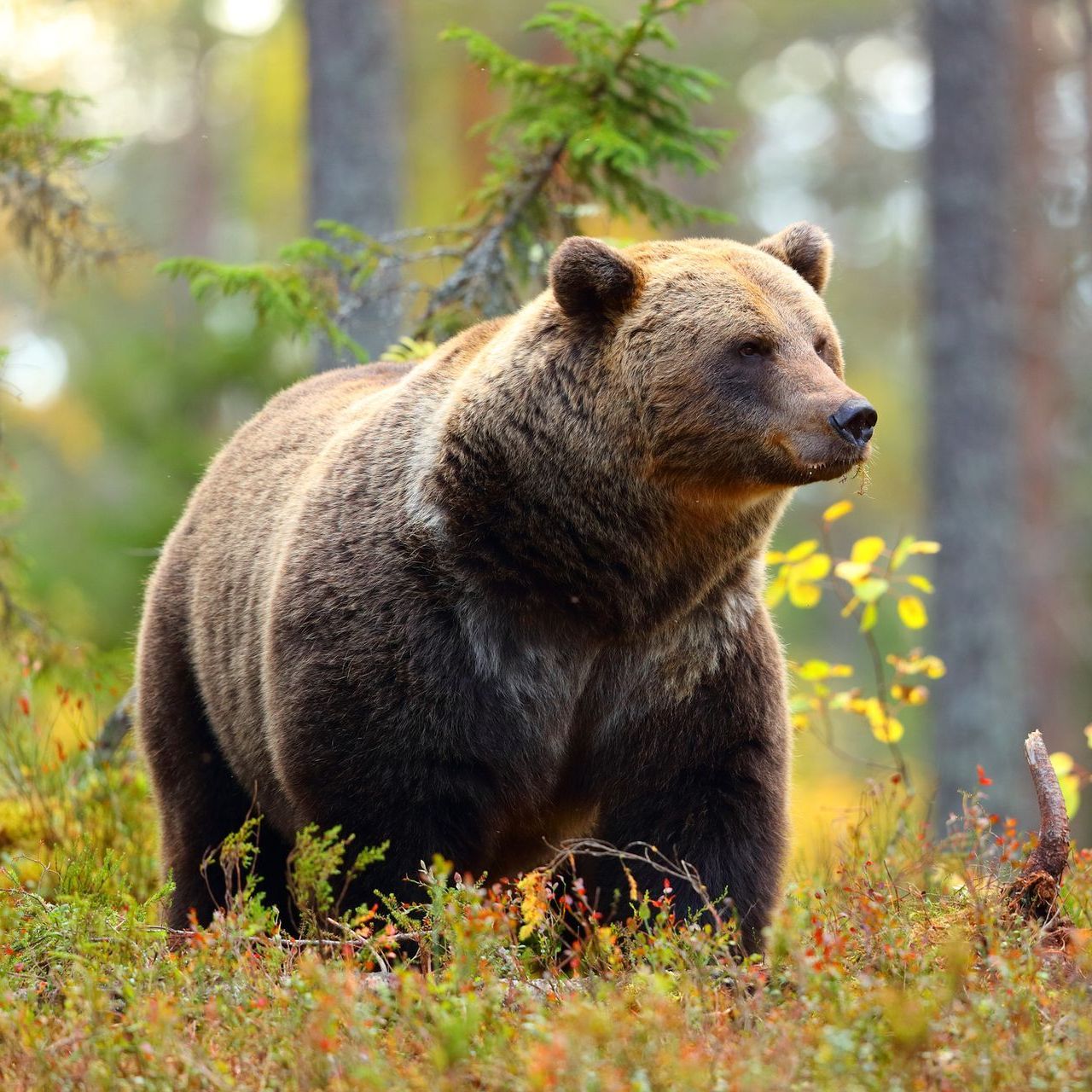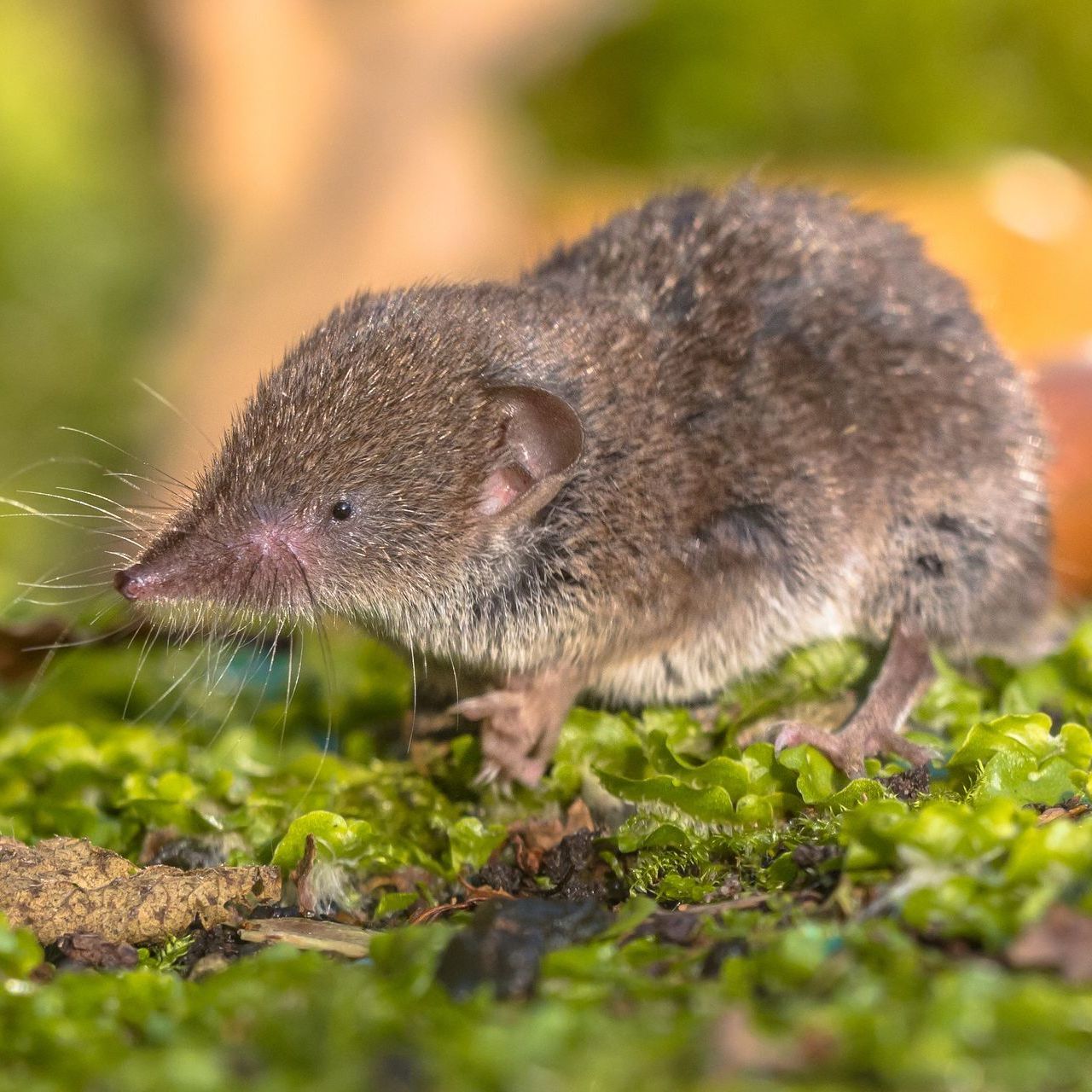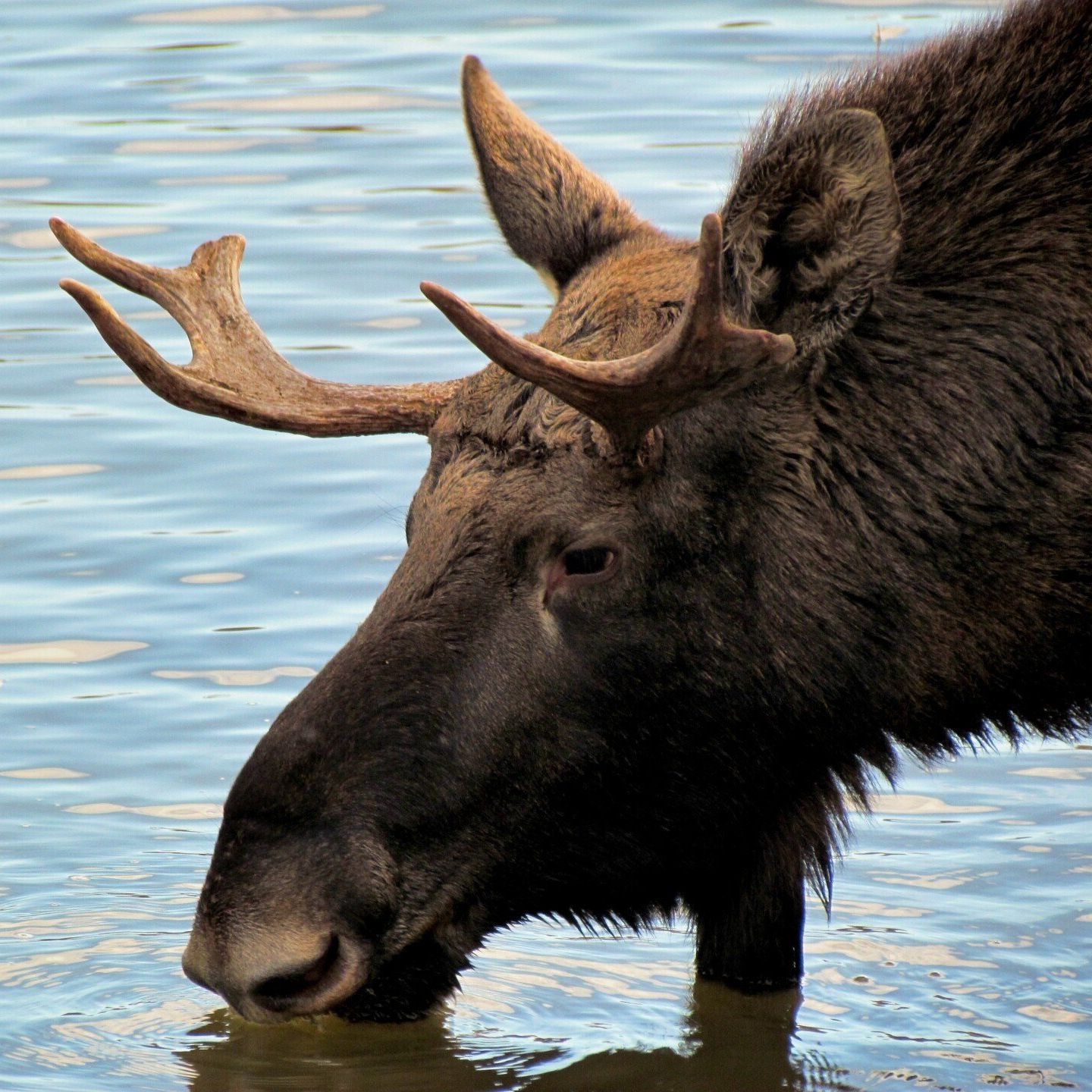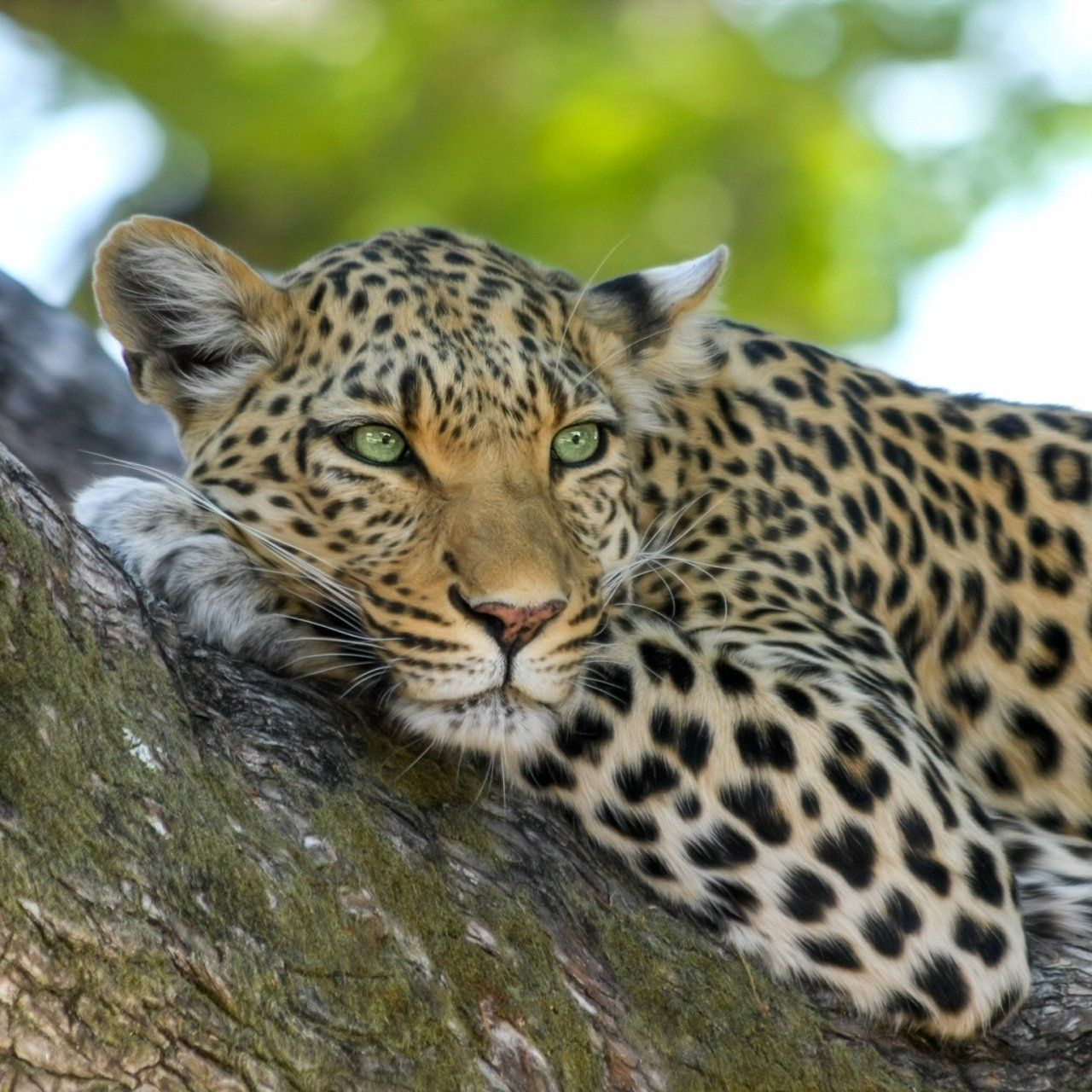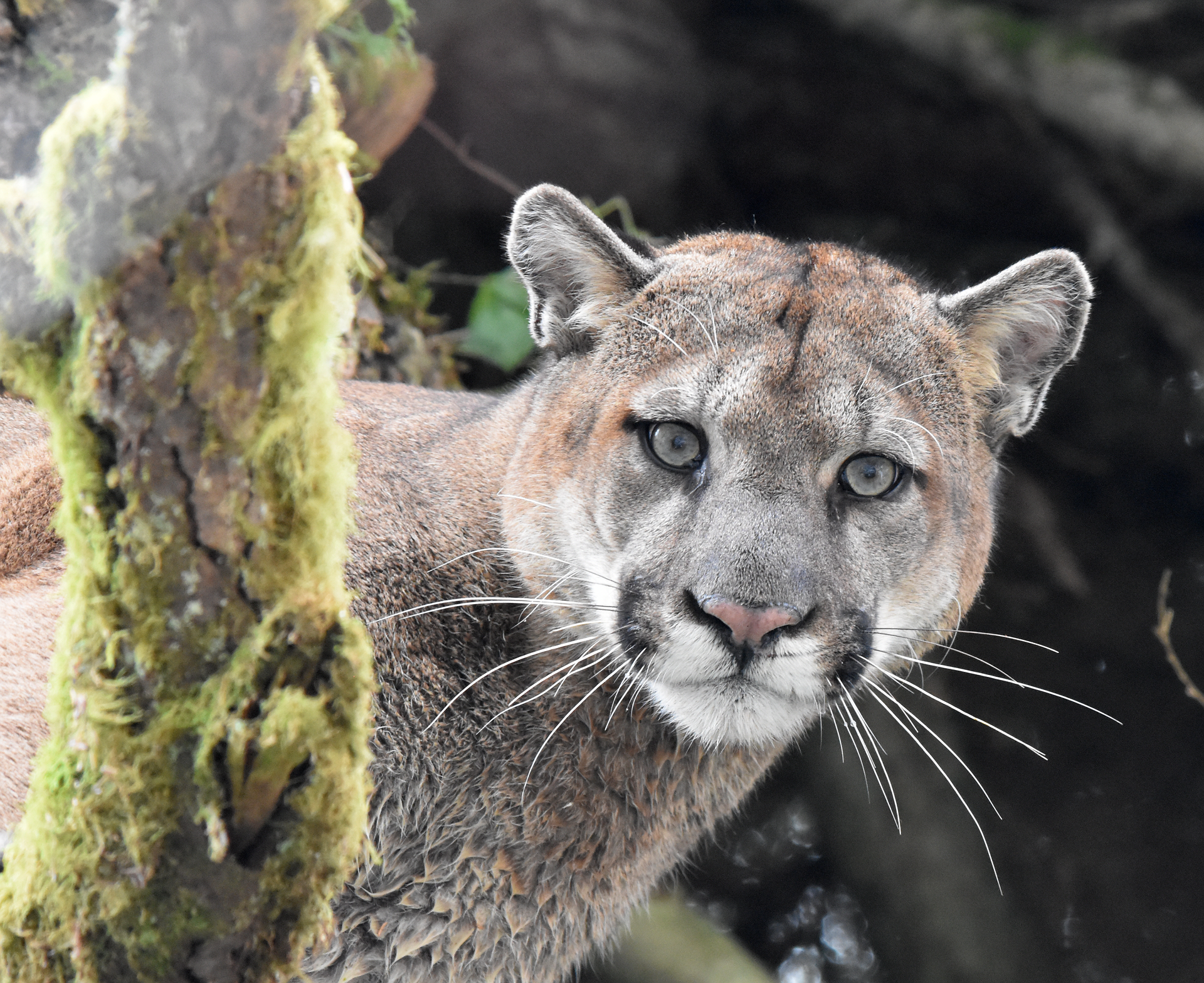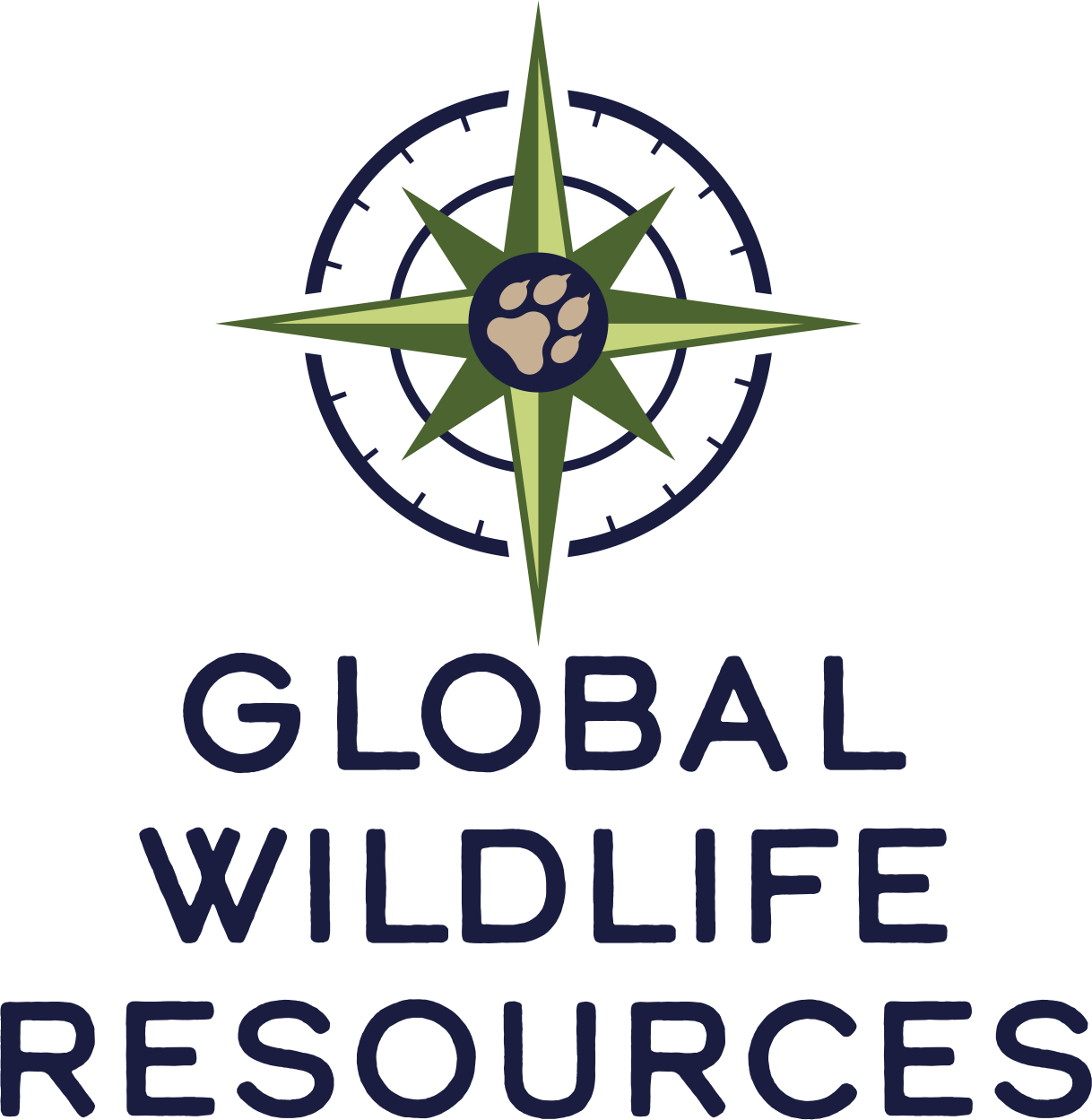Ethical Perspectives
What is Our Highest Objective in the Area of
Wildlife Capture and Handling?
I propose that our ultimate goal as wildlife professionals is to not handle wildlife. When we achieve this, research studies would be performed without us causing injury or loss to the very animals we are dedicating our lives to; we will not influence our data as much; and our approach to wildlife research would be much more palatable to the public and our fellow colleagues.
With our highest goal in mind, we will first seek hands-off alternatives, such as remote cameras, drones, and scat analysis for genetics, hormones and other data. Our highest goal will continuously motivate us to develop new hands-off technologies which minimize animal handling.
Research, though, is necessary for making management decisions and it often requires activities such as radio-telemetry which involves animal capture and handling. Therefore, not handling wildlife is often unrealistic. But if we keep our highest objective in mind, we will always remember that drugging and handling wildlife is our second best option and we will approach our field operations with even more conscientiousness and attention to detail.
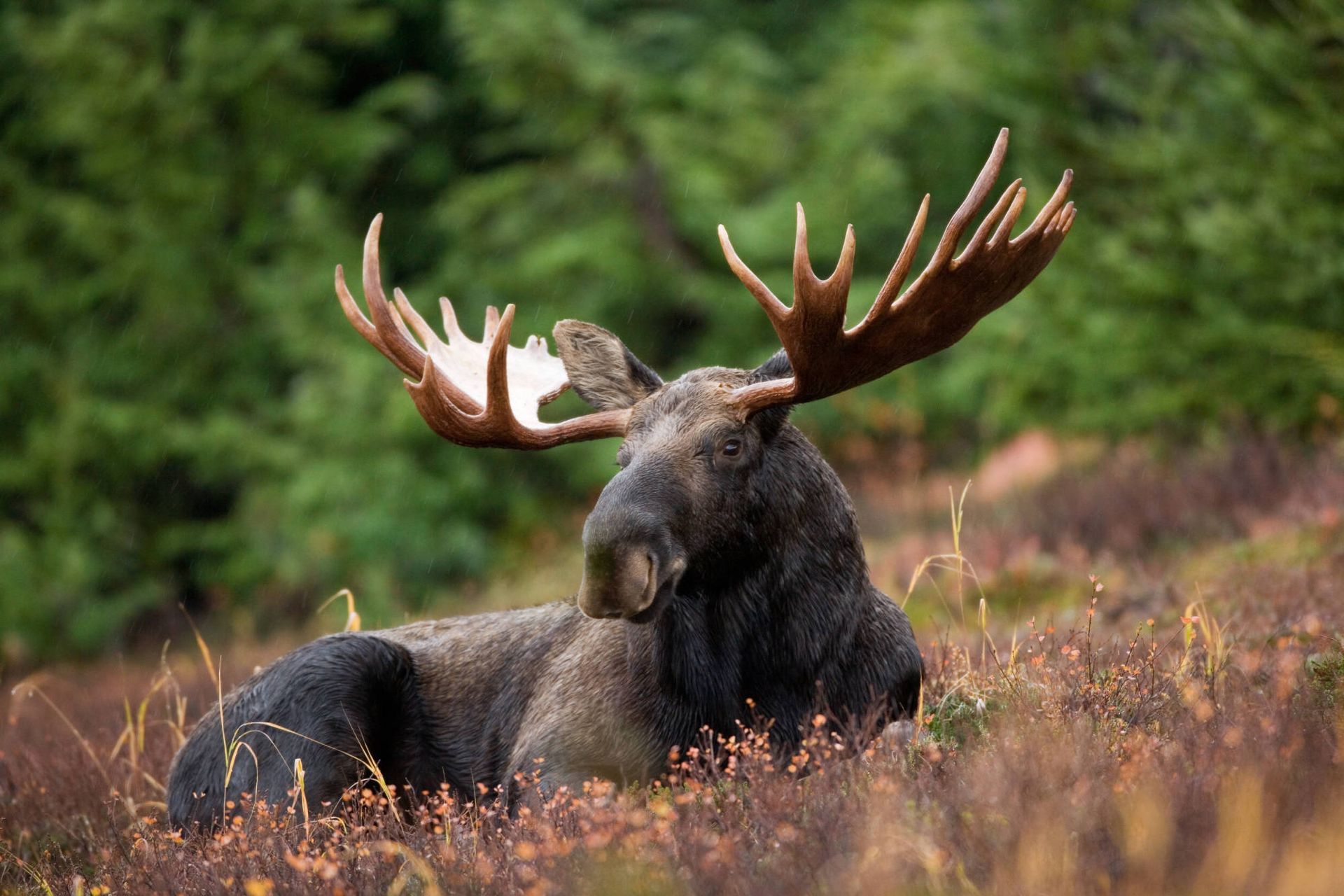
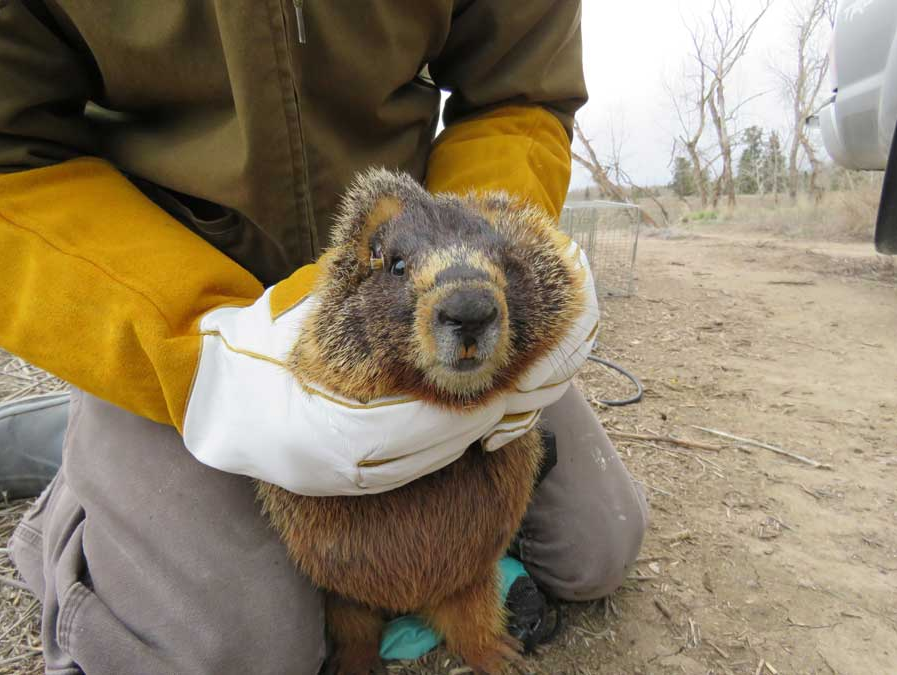
What Is Our Highest Goal
When The Animal Is In Hand?
When we have to handle wildlife, our priority is to look after the well-being of each animal. Human safety must be identified as the highest priority (and it is a core part of all GWR courses), but for the context of this discussion, the well-being of each animal is highest priority. The well-being of the animal is MORE important than our work. It is more important than radio-collaring, than collecting blood, or getting body measurements, for example.
Too often, we get so focused and so pressured, that we forget we have choices. Wildlife chemical immobilization should not be a salvage operation. It is not enough to simply knock the animal down and radio-collar it. We need to provide care for the animal. And we need to be prepared and confident enough to guide the field operation rather than react to it.
Each Animal Handling
is a Profound Experience
For me, animal capture and handling is far more than an activity for gathering data or managing wildlife. Each animal handling is a unique experience for us to savor. For me it is exhilarating, sacred, and sad; an opportunity to explore our connection with all things, and to explore who we are as a person. This is a profound opportunity.
It is remarkable that we can even get our hands on these animals in a safe way. For ages we have evolved and learned how to kill the animals, but how awesome is it for us to be standing over an animal like a grizzly bear or bighorn ram with them still alive and breathing.
To honor and address this profound opportunity, we should strongly justify the reason for capturing and handling the animal, prepare thoroughly, work efficiently to reduce time, provide the best animal care including monitoring the animal’s vital signs, and always use a headcover to reduce animal stress and increase human safety.
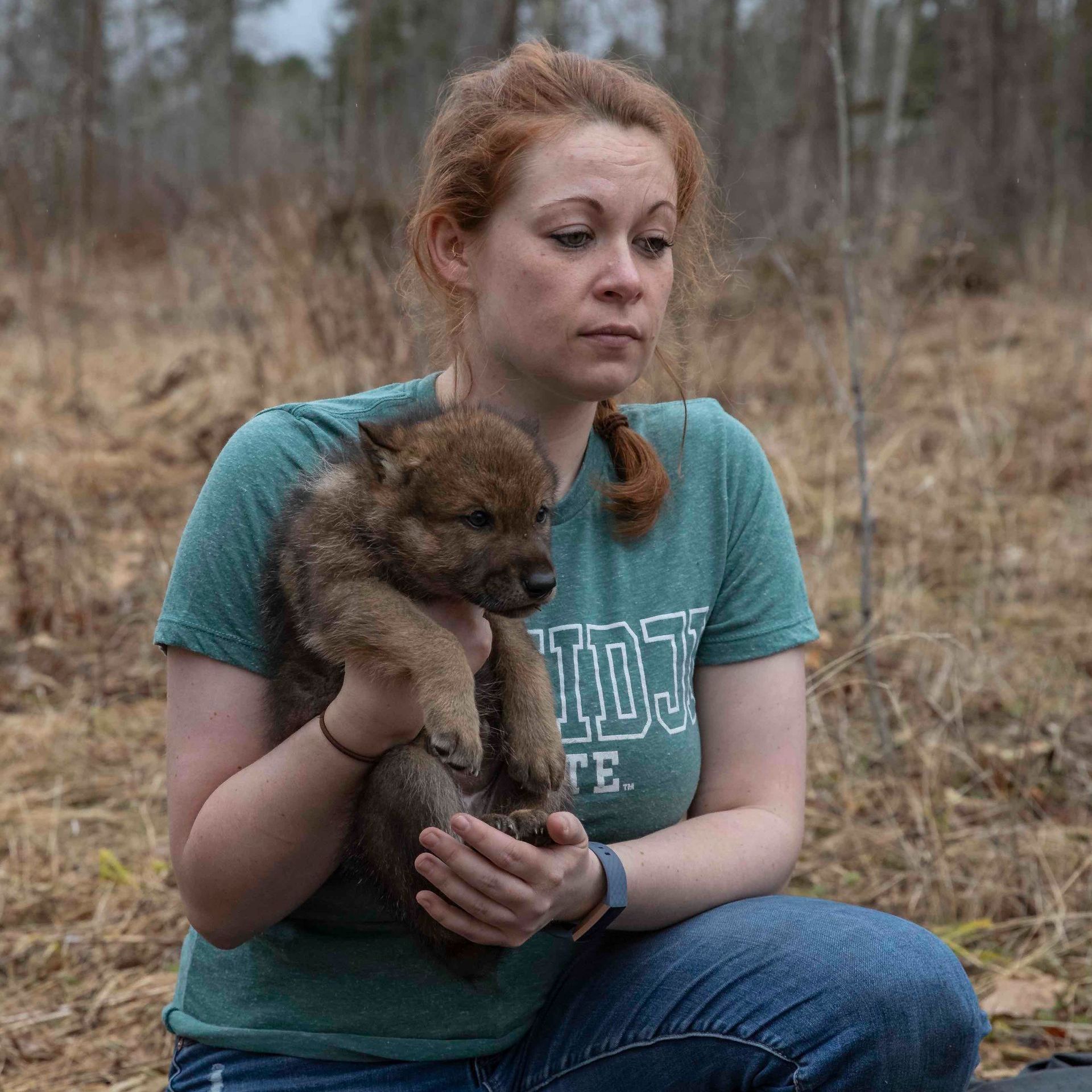

There is No Room for Ego
When Leaning Over an Animal
The weakest link of any field operation capturing wildlife is the human factor. Too often there are stories about wildlife biologists, veterinarians, and zoo caretakers arguing during chemical immobilization of animals. Not only is this unprofessional, it compromises monitoring and care for the animal.
Instead we should be respectful of each person and create a clear chain of command, even if there is only two people. And we must leave our ego in the pickup truck. If you have any desire to improve yourself as you move through Life, you will see how the animals can indeed teach us how to be better human beings.
Learning from Every Animal
Principles the Animals Can Teach Us
- There is no room for ego when handling animals.
- The crazier it gets, the calmer you should be.
- Practice physical restraint without the fight.
Do you have any desire to make yourself a better person each day? If not, no sweat. If you do, then use your animal handling events as an opportunity to build conscious and healthy skills. All of the principles above improve our success in the field and make us better people in our daily lives, but it takes practice and a conscious effort to improve with each animal handling. Each field operation can teach us to work without ego getting in the way. That short time while working with the animal is a great time to practice being fully present and not get caught up with feuds or bickering.
And wildlife or feral animal capture and handling is a great opportunity to learn how to stay relaxed and calm. Get good at that and you will find when a neighbor yells in your face and bills come in the mail you can still remain calm. A gift from the animals.
Let’s strive to learn from every animal, every colleague, and every field operation
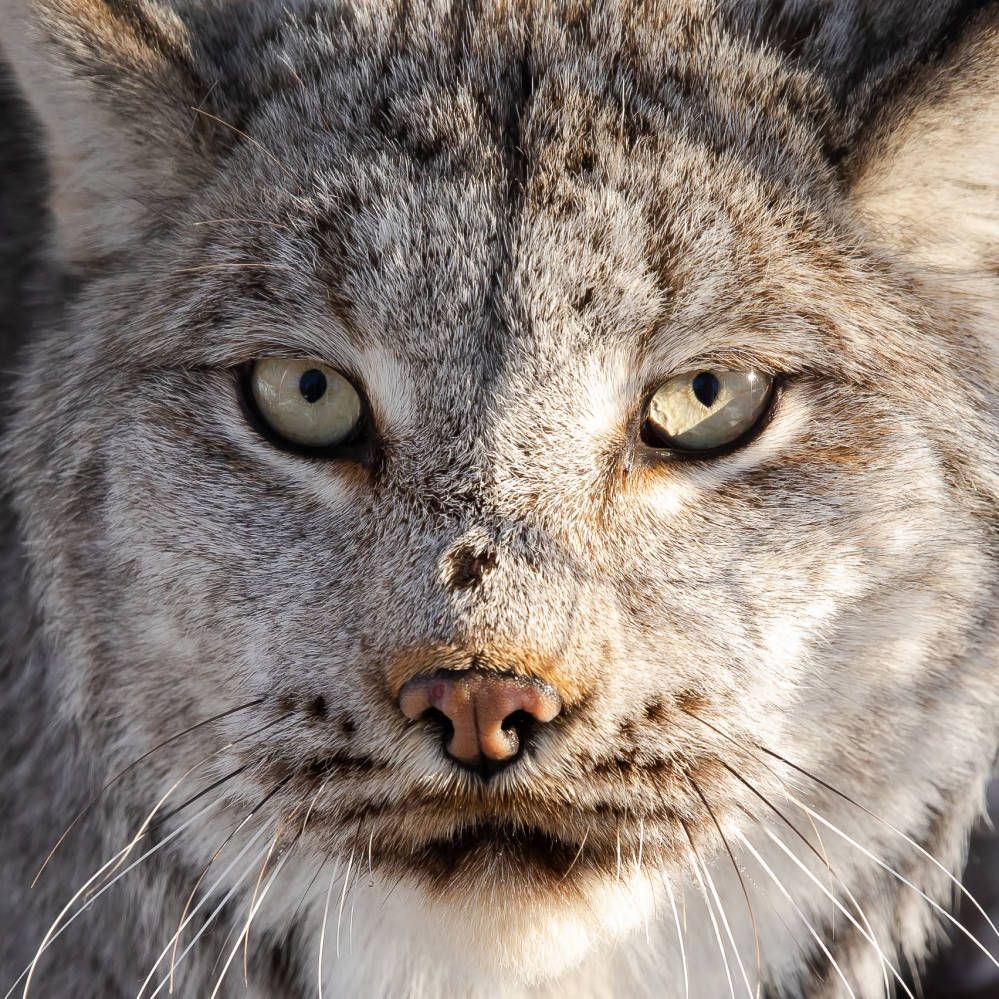
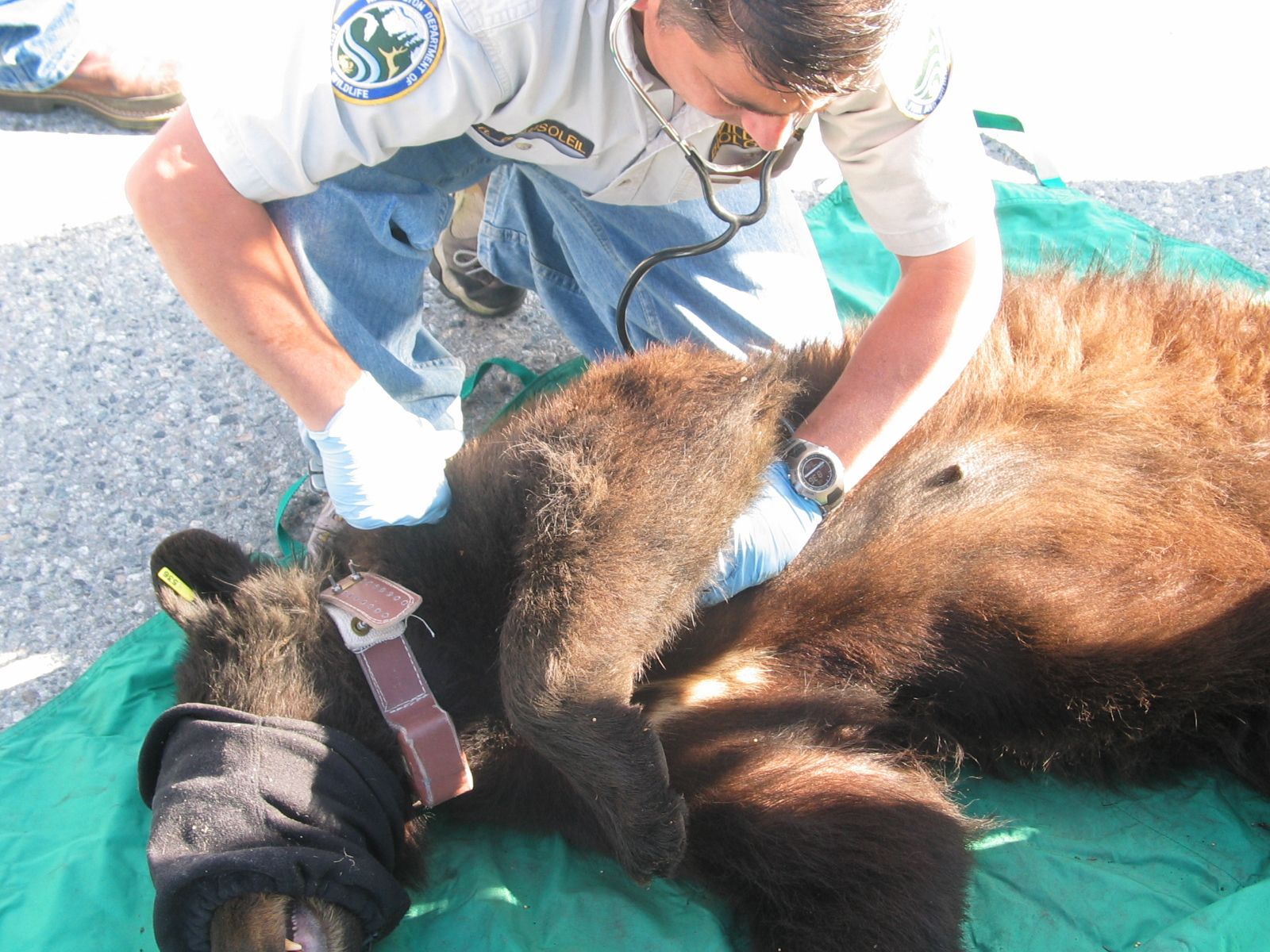
Care, Honor, & Respect
for Every Animal
I have found there is a huge craving for most professionals to bring heart and compassion into their work, especially as it relates to our connection with animals. This relationship with animals and all of life is a part of our very Being. Yet the wildlife and veterinary professional cultures do not help us address or explore this deep and longstanding connection.
In the field there are many ways to practice and demonstrate care, honor, and respect for each animal by our words, actions, equipment, and techniques. It is imperative that we get away from the “good old boy” comedy and “yucking it up” behavior and work with focus and calm and quiet mannerisms. This not only demonstrates a clear choice to be respectful, it reduces stimulus which can lead to complications and demonstrates professionalism.
The culture of the wildlife profession is evolving and more professionals than ever have the desire and courage to talk about caring for each animal. And in their presentations you can see it in their attention to details, willingness to change equipment or protocols, and in their openness in asking their colleagues for feedback.
Letters Inviting Animals to Participate
One way I teach care, compassion, and respect for every animal we handle in wildlife research and management is to give students in my university courses the following homework assignment:“Write a letter of invitation to an animal, population, or species asking them to participate in your wildlife research project. Recognize that if they do not accept, you will not have a project.
So explain to them:
- Why it will be in the animal’s best interest to participate
- What risks the animal could be exposed to
- What precautions you will take to minimize those risks.
Here are some of these student letters…
